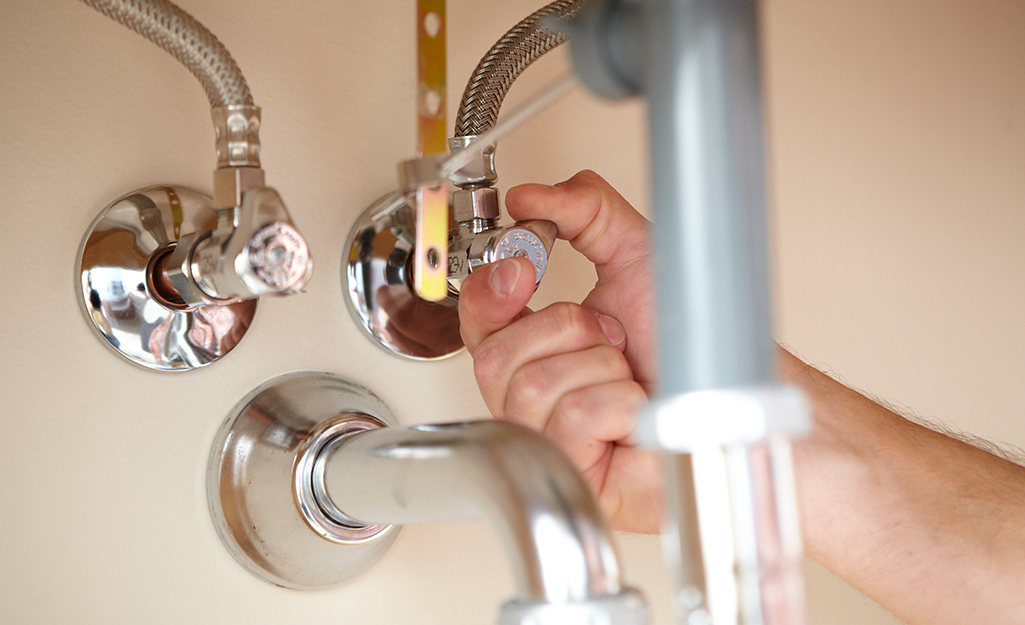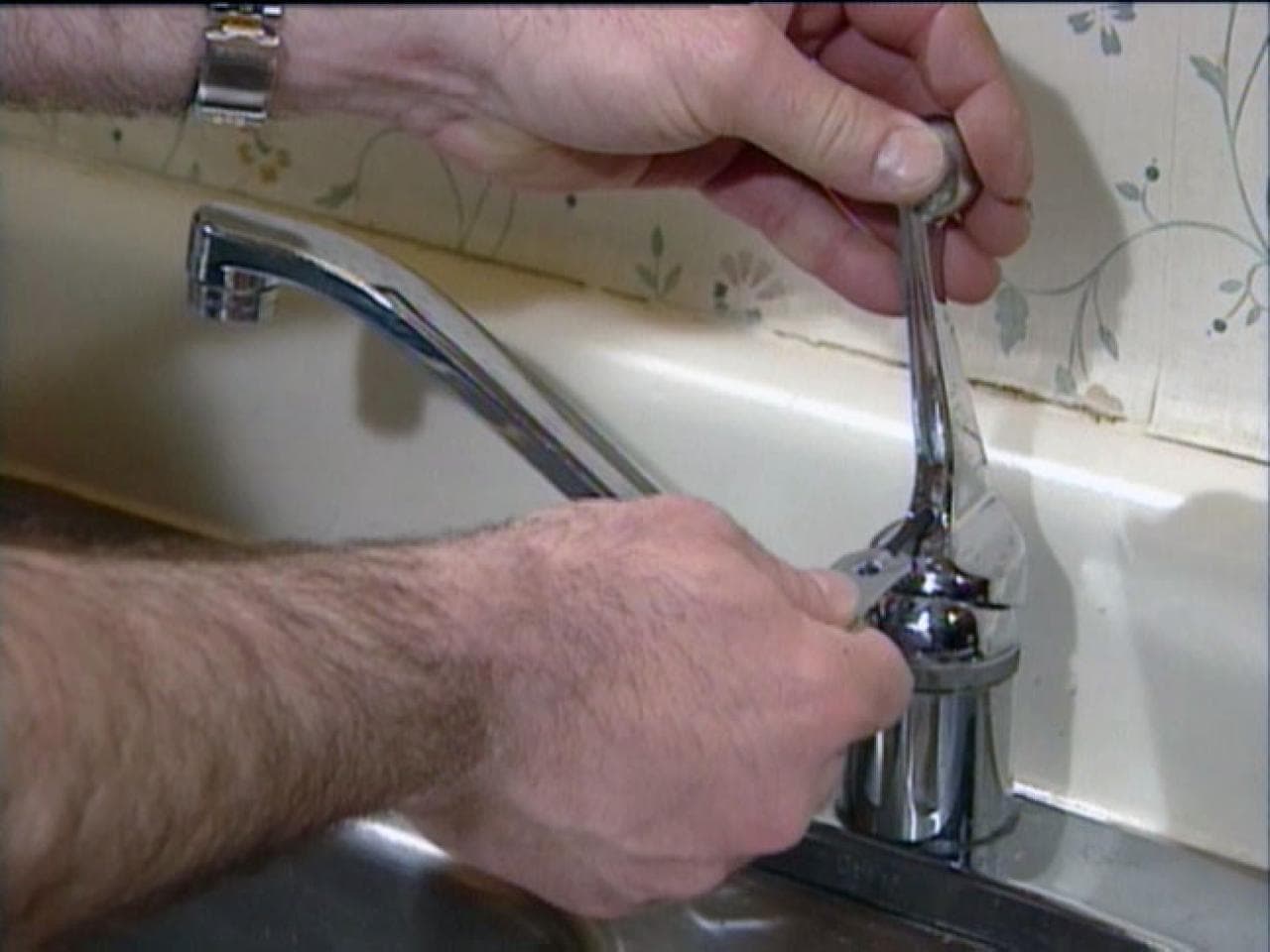Why It's Important to Repair a Broken Faucet
Why It's Important to Repair a Broken Faucet
Blog Article
The article following next in relation to Why It's Important to Fix Leaky Faucets is unquestionably fascinating. Don't skip it.

Trickling faucets could feel like a minor trouble, but their effect surpasses just the nuisance of the audio. From drainage to incurring unnecessary financial expenses and health dangers, neglecting a leaking tap can cause numerous effects. In this write-up, we'll look into why it's crucial to resolve this usual house problem promptly and effectively.
Wastefulness of Water
Ecological Effect
Dripping taps contribute considerably to water wastefulness. According to the Epa (EPA), a single tap trickling at one drip per second can waste greater than 3,000 gallons of water per year. This not just strains water sources but additionally affects ecological communities and wildlife depending on them.
Step-by-Step Overview to Fixing a Dripping Faucet
Devices Called for
Before attempting to deal with a dripping faucet, gather the needed devices, including a flexible wrench, screwdrivers, substitute components (such as washing machines or cartridges), and plumber's tape.
Common Faucet Issues and Their Solutions
Determine the sort of tap and the certain problem causing the drip. Usual problems include damaged washing machines, corroded valve seats, or defective O-rings. Describe maker guidelines or on-line tutorials for detailed support on fixings.
Financial Expenses
Enhanced Water Bills
Past the environmental influence, trickling faucets can inflate water costs significantly. The accumulated wastefulness over time converts right into higher energy expenses, which might have been stayed clear of with timely repair services.
Possible Building Damages
Additionally, long term dripping can result in harm to fixtures and surfaces bordering the faucet. Water buildup can trigger discoloration, rust, and also architectural issues if left unattended, resulting in added fixing expenses.
Wellness Issues
Mold and Mildew Development
The consistent visibility of dampness from a dripping tap develops an excellent environment for mold and mold growth. These fungis not only compromise indoor air high quality yet also pose wellness threats, especially for people with breathing problems or allergic reactions.
Waterborne Illness
Stationary water in trickling faucets can become a breeding ground for germs and other pathogens, enhancing the danger of waterborne diseases. Contaminants such as Legionella microorganisms prosper in stationary water, possibly causing serious diseases when consumed or inhaled.
Do it yourself vs. Professional Fixing
Advantages and disadvantages of Do It Yourself Repair Work
While some may try to deal with a dripping faucet themselves, do it yourself fixings include their own collection of obstacles. Without correct understanding and tools, do it yourself attempts can aggravate the issue or lead to insufficient fixings, prolonging the problem.
Advantages of Employing an Expert Plumber
Employing an expert plumber ensures that the underlying reason for the dripping faucet is addressed successfully. Plumbing professionals have the competence and equipment to identify and repair tap concerns successfully, conserving time and minimizing the risk of further damage.
Ecological Duty
Individual Contribution to Conservation
Taking duty for dealing with trickling taps straightens with more comprehensive initiatives towards water preservation and environmental sustainability. Every individual's actions collectively make a considerable effect on preserving valuable sources.
Lasting Living Practices
By prioritizing prompt repairs and embracing water-saving practices, people contribute to lasting living methods that profit both existing and future generations.
Preventive Measures
Routine Upkeep Tips
To stop trickling taps, perform routine upkeep such as cleaning up aerators, examining for leaks, and replacing worn-out components promptly. Additionally, consider installing water-saving gadgets or upgrading to a lot more reliable fixtures.
Value of Prompt Repair Works
Resolving leaking taps as quickly as they're discovered avoids additional water waste and possible damage, eventually saving both water and cash in the long run.
Influence On Property Worth
Understanding of Well-Maintained Home
Keeping a property in good condition, including resolving maintenance problems like trickling faucets, enhances its regarded value and value amongst possible customers or tenants.
Influence on Resale Value
Features with well-maintained plumbing fixtures, including faucets, command higher resale worths in the property market. Resolving leaking faucets can contribute to a positive impression throughout building examinations and arrangements.
Final thought
Dealing with a dripping tap goes beyond mere comfort; it's a vital step toward saving water, reducing economic expenses, and safeguarding health and wellness and home. Whether via DIY fixings or professional aid, taking action to take care of trickling faucets is a small yet impactful method to advertise responsible stewardship of resources and contribute to a much healthier, more sustainable future.
How to Fix a Dripping or Leaky Faucet
A leaking faucet is one of the most common problems that homeowners encounter, but it being commonplace doesn’t make it any less annoying. The constant drip drip drip of a leaking bathtub faucet, showerhead, or sink tap can disturb your home’s serenity. Left neglected, a dripping faucet can also result in higher water bills and discoloration or mold growth in your sink or plumbing fixtures.
Fortunately, you don’t have to be a trained plumber to know how to stop a dripping faucet. With some basic tools, replacement parts, and a little patience, leaky faucet repair is a breeze. In this article, we’ll explain what causes dripping faucets and how you can fix them.
What Causes a Leaking Faucet?
Kitchen and bathroom faucets come in all manner of designs, but most involve some combination of valves, O-rings, seals, and washers. The O-ring is usually the weakest link, but any one of these pieces can wear down over time. Heat, moisture, temperature fluctuations, minerals, mold, and movement can contribute to warping and corrosion, breaking the watertight seal. This just comes with the territory of being a homeowner. Everything is always subject to wear and tear, and some component parts of your appliances and fixtures need to be replaced on occasion. At least replacement O-rings are cheap!
More rarely, dripping faucets can be a symptom of excessively high water pressure. Were this the case in your home, you would probably notice that the leak is not isolated to one faucet. Water pressure issues are harder to resolve on your own. We recommend contacting a professional plumber if you suspect your water pressure is too high.
How to Fix a Dripping Faucet
Pipe wrench or monkey wrench Allen wrench set Screwdrivers Old towel or rag Shut off the water.
Before you do anything, you need to turn off the water to keep from drenching your kitchen or bathroom. You should find a valve under the sink and against the wall. Once you’ve turned this valve, try turning the faucet on to confirm that the water source has been cut off.
If you can’t locate your local valve for the faucet you’re working on, you can always shut off the water to the house at the main valve. Of course, this will prohibit anyone from using the sinks, showers, or toilets while you’re working on the faucet that’s giving you trouble.
Plug or block the drain.
You’ll be disassembling the faucet and removing some small bits of hardware. Plug the drain with a stopper or rag to avoid the possibility of a small screw falling into your P-trap.
Take apart the faucet assembly.
There are several varieties of kitchen and bathroom faucets, each with its own manner of assembly. For detailed instructions on how to disassemble your faucet, you can refer to the fixture’s manual or contact the manufacturer. If you know whether you have a ball, disc, cartridge, or compression faucet, you can find detailed schematics online.
In general, you need to begin by removing the faucet handles. You might notice a small screw that you’ll need to remove with a screwdriver or Allen wrench. If you don’t see any visible securing hardware, it’s likely hidden under a decorative cap that can be unscrewed or popped off with flathead screwdriver.
Remove each piece methodically, consulting a schematic when necessary. Take notes or arrange the pieces in such a way to make it easier to correctly reassemble the faucet later.
Remove the cartridge.
Once you’ve removed the handles and securing hardware, you should be able to remove the valve cartridge or stem. Some cartridges will slide right out. Other faucet models will require you to loosen a nut with a pipe wrench before you can remove the valve stem.
Examine the exposed hardware.
With the cartridge or stem removed, inspect the component parts. Check the rubber O-rings for wear and tear. Also examine the seat washer for corrosion or other damage. These pieces are usually the responsible parties for a dripping faucet, but it’s worth inspecting the other component parts while you have the faucet disassembled.
Find replacement parts.
Once you’ve identified which faucet component has failed, find an identical replacement. Your local hardware store should have O-rings, seat washers, and other standard components in stock. If you have a luxury or uncommon faucet, you may have to contact the manufacturer for a replacement part.
It’s a good idea to take your old parts with you to the hardware store so you can compare them with the store’s inventory and be sure you’re purchasing the correct replacement.
Reassemble the faucet.
With your new parts in hand, reconstruct the faucet and handles. Don’t be tempted to overtighten screws or nuts. You might think this could create a better seal, but it can instead damage or bend a delicate part of the assembly and create a new problem for you.
Turn on the water and test the faucet.
The only thing left to do is test your work. Unplug the sink, turn the water back on, and try the faucet. Congratulate yourself on a job well done!
https://www.libertyhomeguard.com/how-to-fix-a-dripping-or-leaky-faucet/

I am just very drawn to Why Is It Important To Fix Your Leaking Tap/Faucet? and I really hope you liked the entire piece. Are you aware of another person who is fascinated with the niche? Please feel free to promote it. Many thanks for your time invested reading it.
Report this page